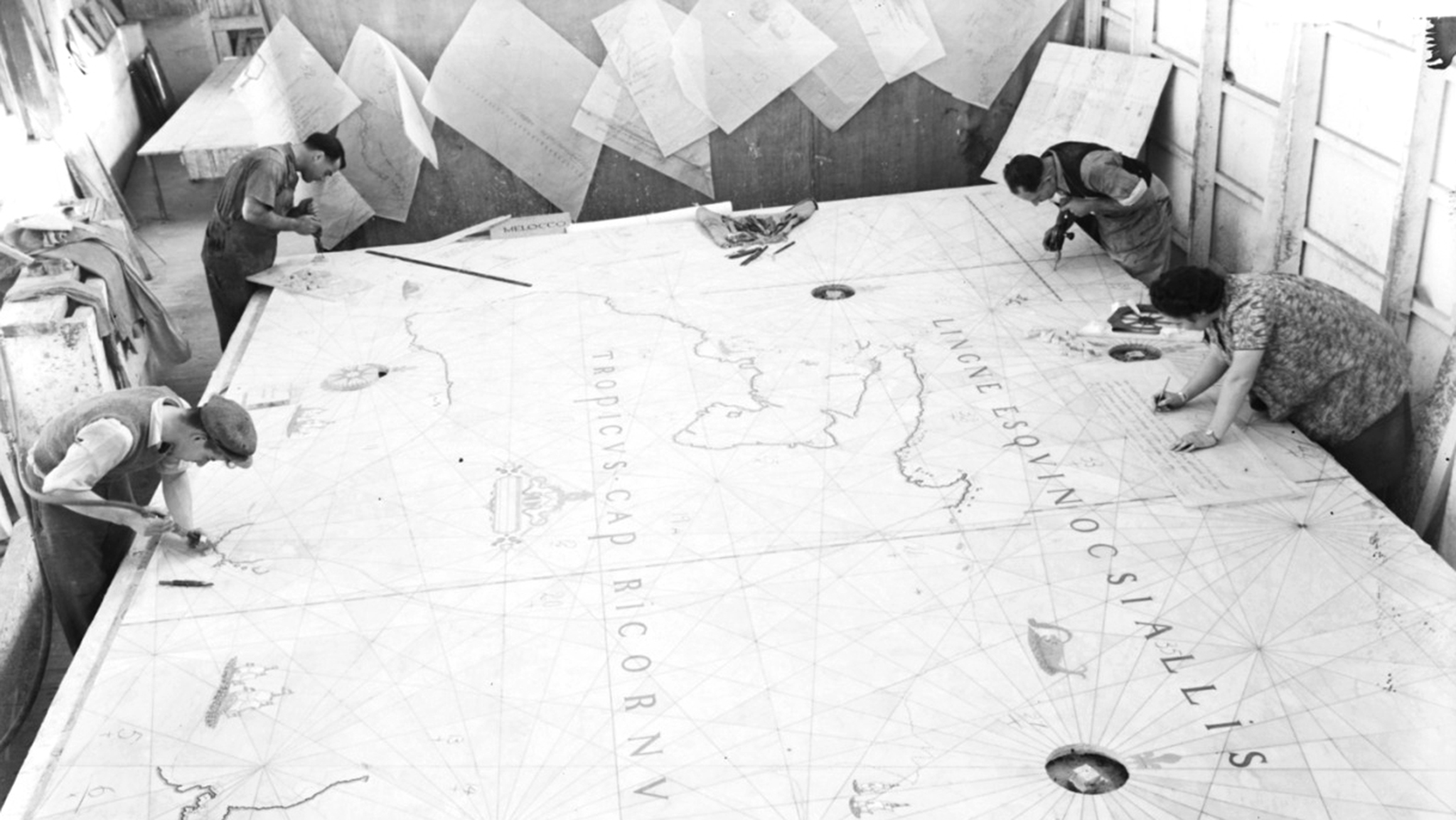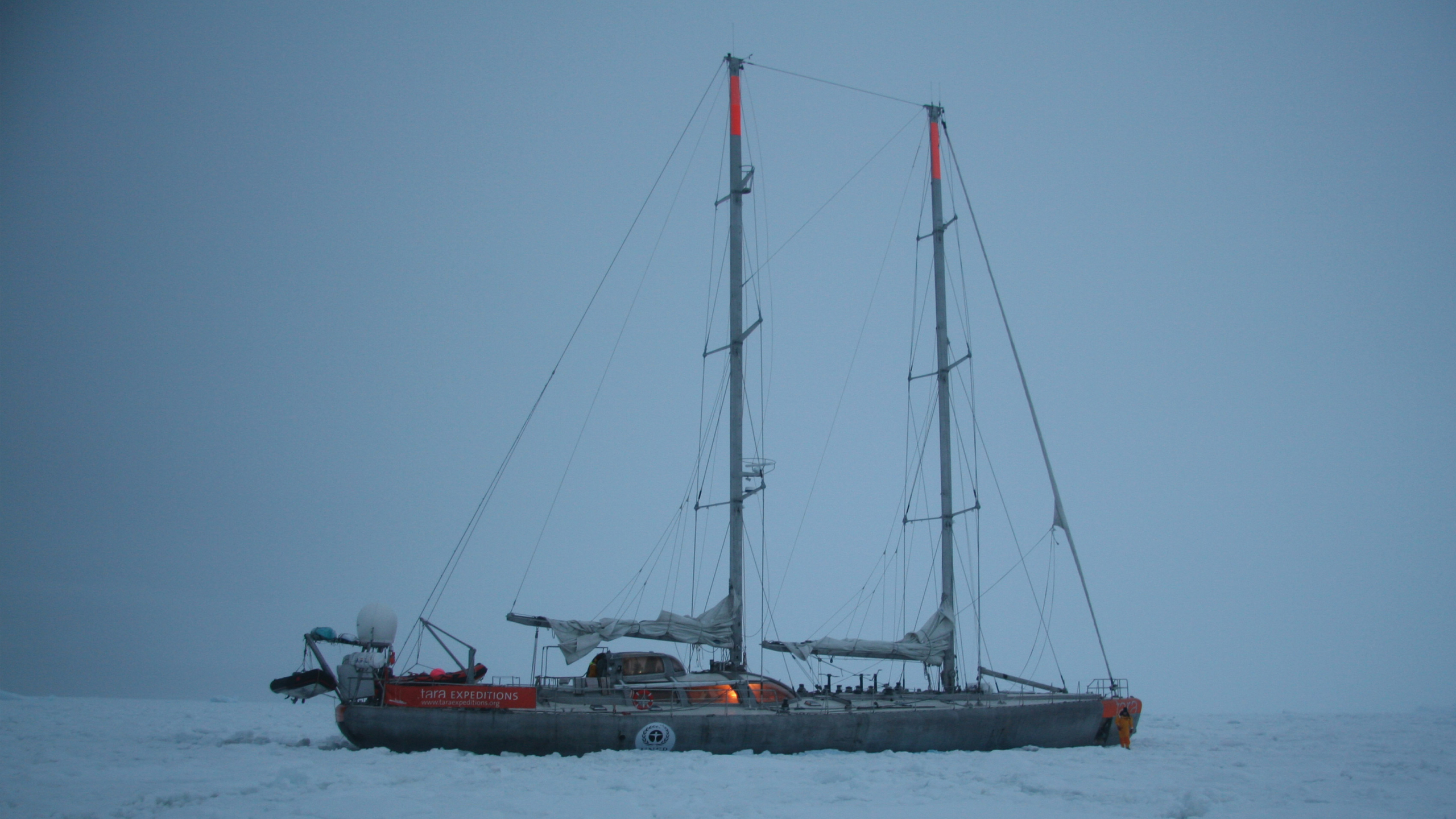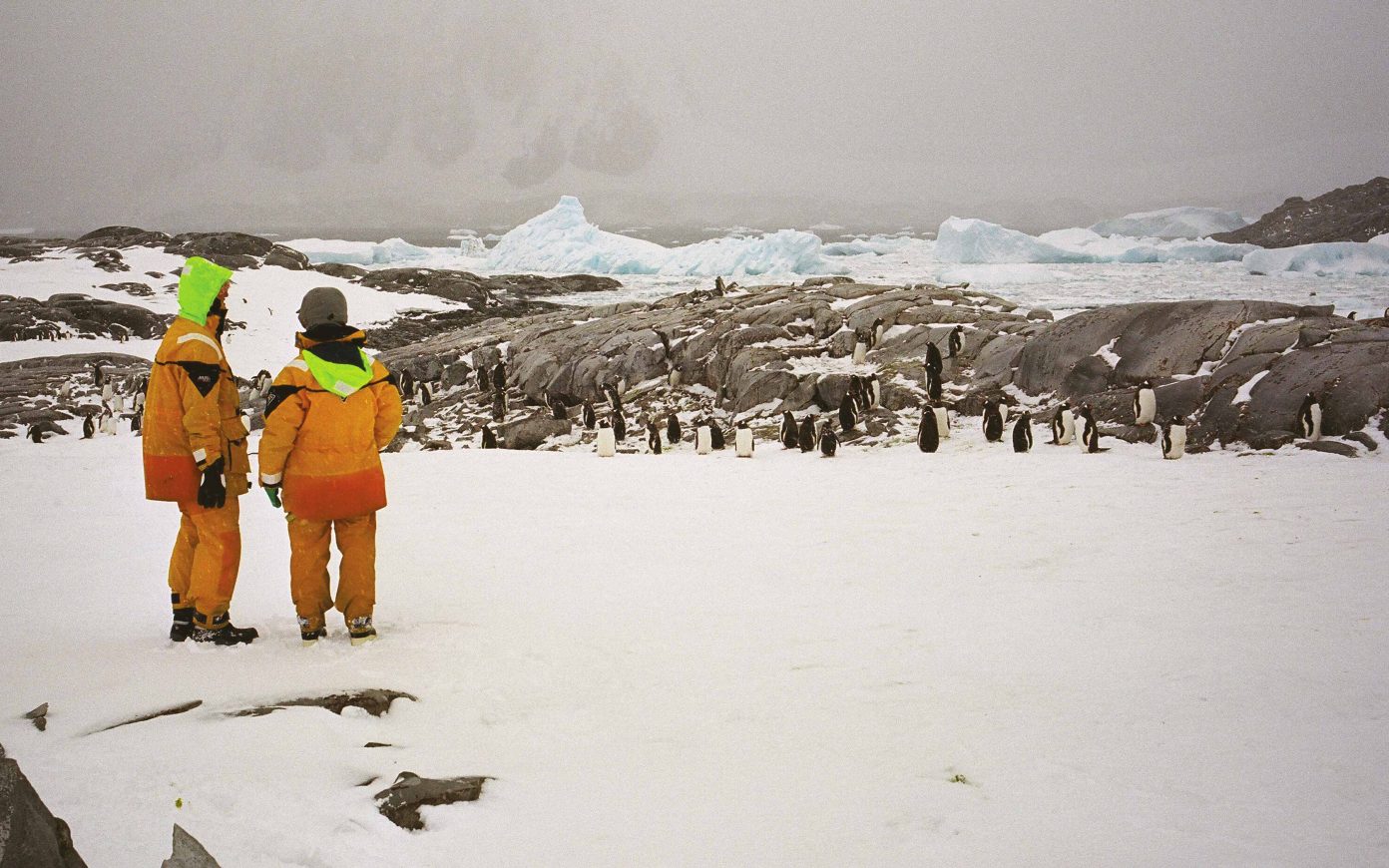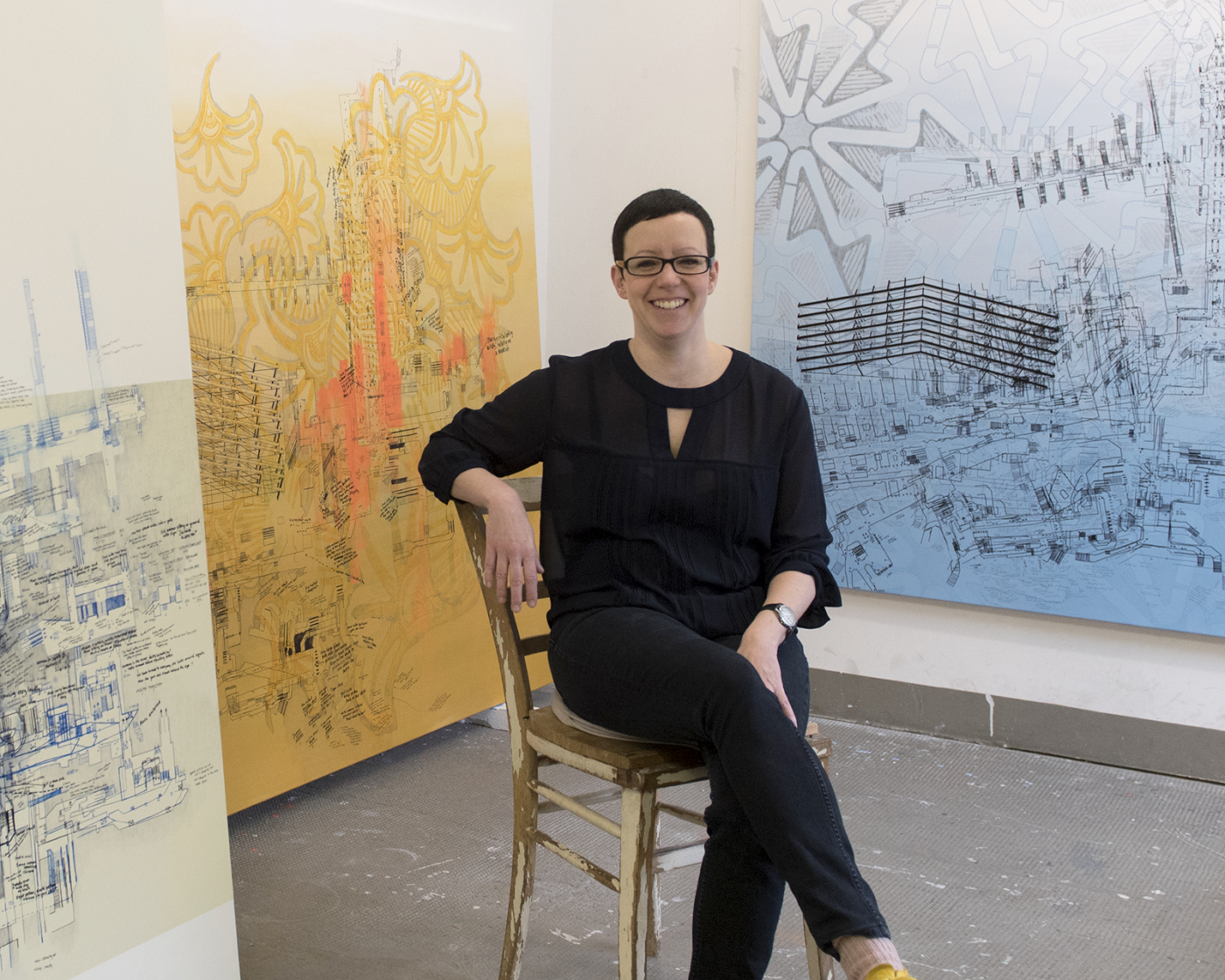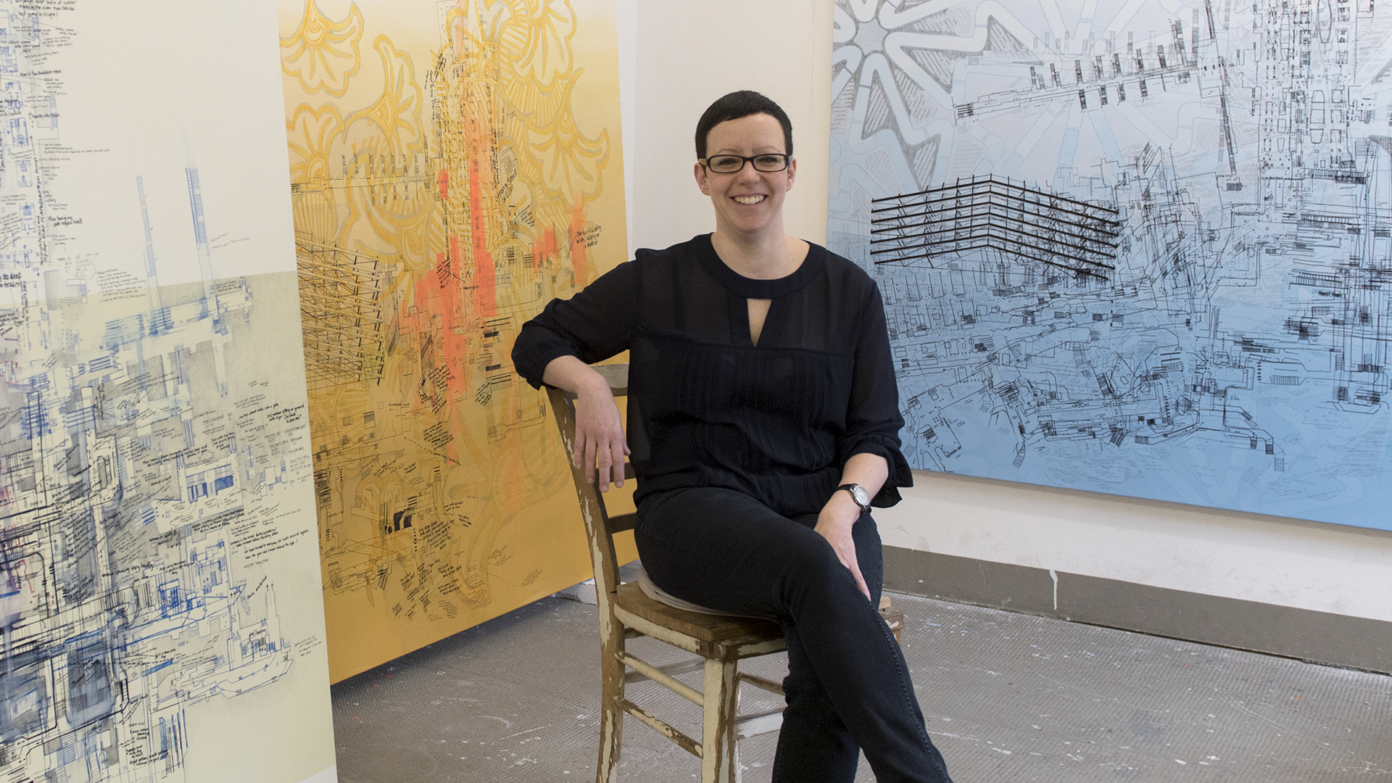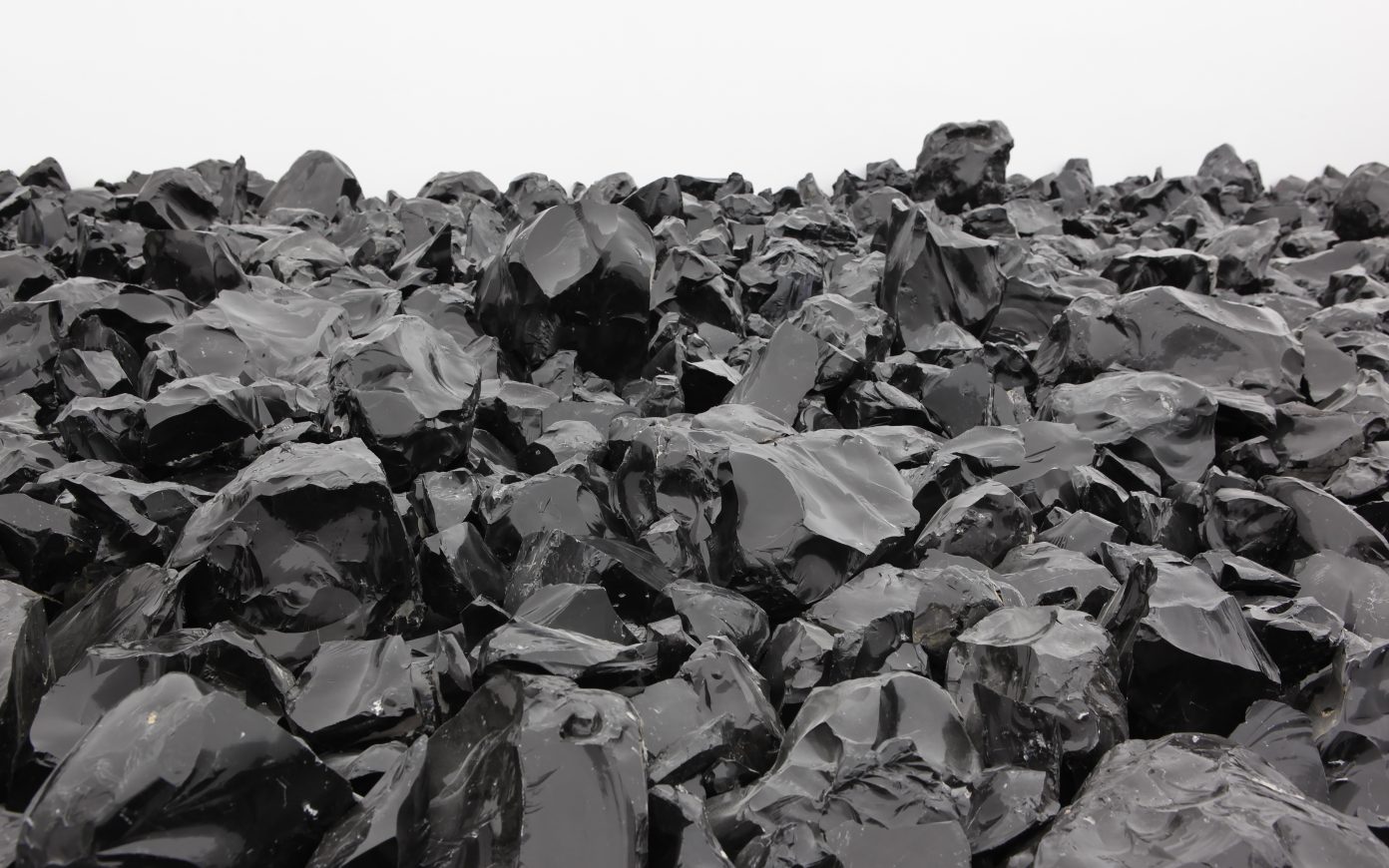Dear Pierre Huyghe,
You embarked on an expedition in early March for the purpose of gathering information and experimenting a mode of exploration slated only to come back in June. The idea was both to collect data and to invent the cognitive mode that would be used to parse it. The place you have chosen is neither truly rural, nor really urban: it is the East Coast of the United States; but this is of little importance, at least for the moment.
I believe that to understand your methodology and your ambition, it is necessary to take a few steps back, back to the time when you founded the “Association des Temps Libérés” (the Association for Liberated Time) for the Morale Maze exhibition that was organized by Liam Gillick and Philippe Parreno: “Isn’t a group exhibition also a new form of association?” “Liberated time,” as opposed to “social time,” questions the way in which “leisure time,” during which we are supposed to do nothing, is allocated. When we introduce ourselves, we state our professional identity; there would be many other possibilities, but they are yet to be clearly defined.
That being said, the key question you raised was: “Is my work similar in nature to the type of activities that an entertainment company offers? Is it possible to make a difference, to conceive of a sort of spare time that would be time for thinking and self-construction? ”
A few years later, your Expédition scintillante follows up on this key issue: is it possible to produce knowledge on the contemporary environment while keeping that knowledge free from the existing categorization of disciplines? Does the present division of knowledge induce limitations, boundaries beyond which other forms of knowledge would be possible?
When we return from our travels, we often claim to have “learned” something. But this empirical insight is to knowledge what leisure time is to work: mere remains. It seems to me that your expeditions aim to “free” the cognitive mode from its “professional” drivers.
To paraphrase your own words: “Is art a minor aspect of the knowledge industry or does it aim to produce something else?” An epistemologist, Bruno Latour, accompanied a team of scientists in the Amazon: botanists, pedologists, geologists, etc. Each of them analyzed the jungle with the assistance of their tools of choice, and Bruno Latour compiled a synthesis of their work, asking himself what we can ultimately know of a forest environment. But could it not go even further, beyond the mere combination of various disciplines? Art as a multiplier effect, or a divider.
